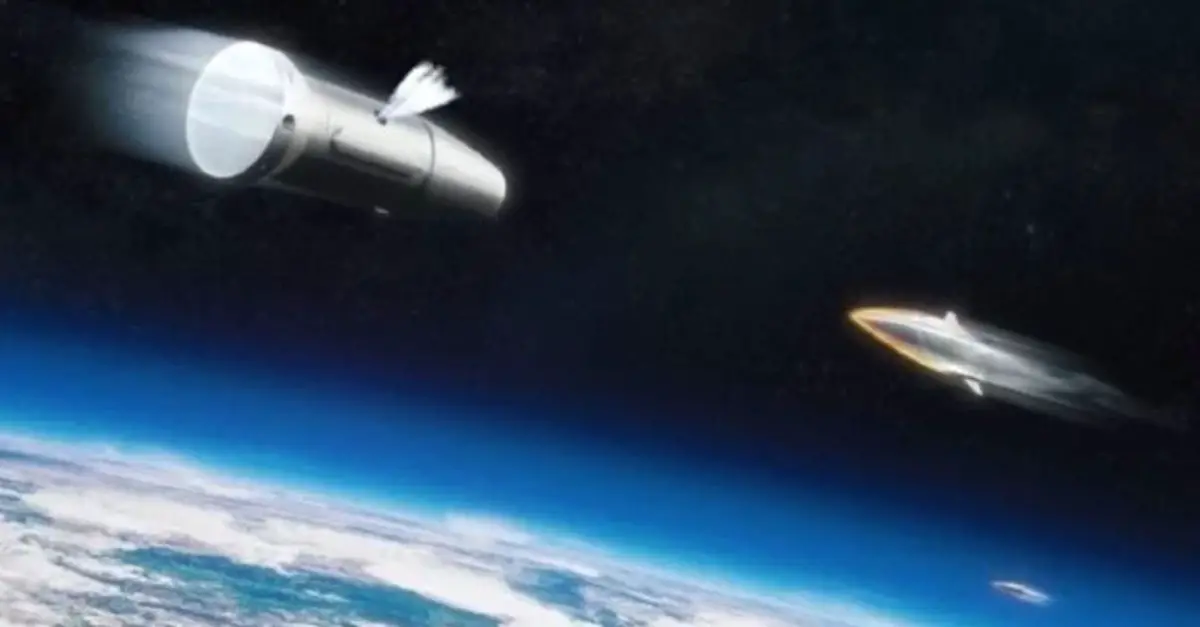Breaking News
Europe’s HYDEF hypersonic interceptor achieves new development step.
The European Hypersonic Defence Interceptor (HYDEF) program took a significant step forward on August 27, 2024, by completing its Mission Definition Review (MDR), marking the second technical milestone in the development of an endo-atmospheric interceptor designed to counter hypersonic threats. The Organization for Joint Armament Cooperation (OCCAR) announced the successful MDR, which concludes the pre-feasibility phase of the HYDEF program.
Follow Army Recognition on Google News at this link

HYDEF is the HYpersonic DEFence Interceptor Study brings together 19 partners and more than 30 subcontractors across 14 European countries (Picture source: MBDA)
HYDEF is primarily funded by a €100 million ($111 million) investment from the European Defence Fund, aiming to address hypersonic threats anticipated after 2035. The main objective of HYDEF is to create a highly agile interception system capable of operating at different atmospheric levels using advanced guidance and sensor technologies. An additional €10 million is contributed by member states including Belgium, Germany, Norway, Poland, and Spain.
The MDR focused on HYDEF's mission and the concepts developed to achieve it successfully. The review involved assessing operational concepts, capabilities, and the expected performance of the proposed options. It included evaluations of user and mission requirements, a threat analysis, identification of weapons and sensor systems, and a high-level system model.
The HYDEF program responds to Europe’s growing need to protect itself against hypersonic threats, which are considered one of the most significant technological advancements in modern weaponry. These threats include missiles capable of traveling at speeds exceeding Mach 5 and maneuvering unpredictably, making them particularly challenging to intercept with current defense systems.
Faced with increasing geopolitical tensions and the proliferation of hypersonic technologies, Europe feels an urgent need to enhance its capacity to defend its territories against these new threats. Hypersonic missiles, which can maneuver at extremely high speeds, represent a significant challenge for existing defense systems. In this context, the HYDEF program is crucial as it aims to bridge this strategic gap by developing an advanced aerial defense capability specifically designed to intercept these emerging threats.
Strategic autonomy is another fundamental pillar of the HYDEF program. By developing a hypersonic interceptor that is uniquely European, the continent’s nations can reduce their dependence on foreign technologies, particularly from the United States. This initiative not only strengthens Europe’s defense industry but also ensures critical technological independence in a domain as sensitive as defense against new-generation aerial threats.
The HYDEF project is also part of a broader framework of European coordination. It is supported by initiatives like the Permanent Structured Cooperation (PESCO) and the European Defence Fund (EDF), which demonstrate collective efforts to pool resources and expertise across Europe.
The HYDEF consortium, led by the Spanish missile defense company SMS, brings together 14 companies from seven European countries, all with extensive experience in air defense. The consortium includes SONACA (Belgium), LKE (Czech Republic), Diehl Defence (Germany), NAMMO (Norway), ILOT and ITWL (Poland), Beyond Gravity (Sweden), and several Spanish companies: SMS, EM&E, GMV, Instalaza, INTA, Navantia, and Sener.


























